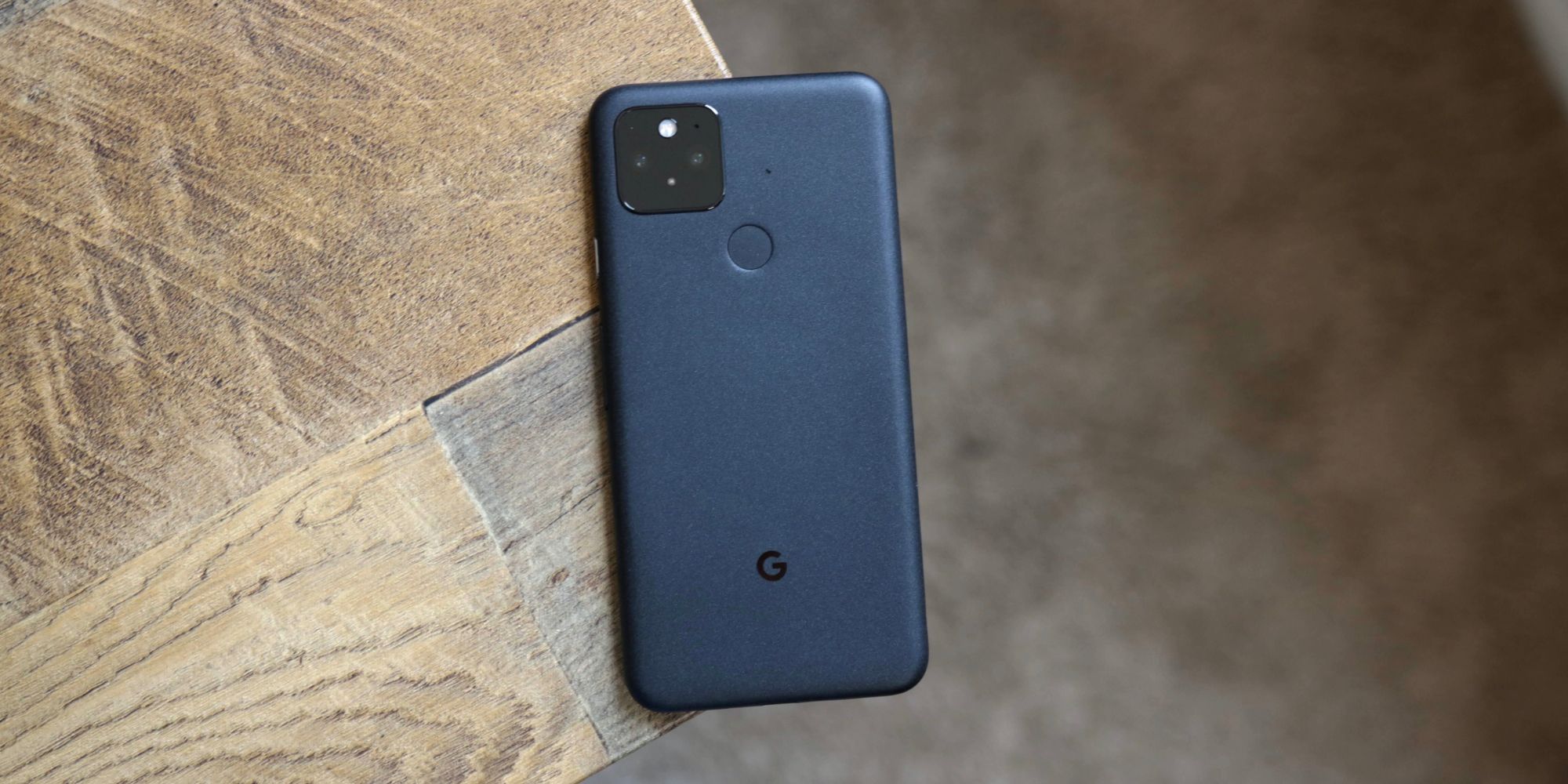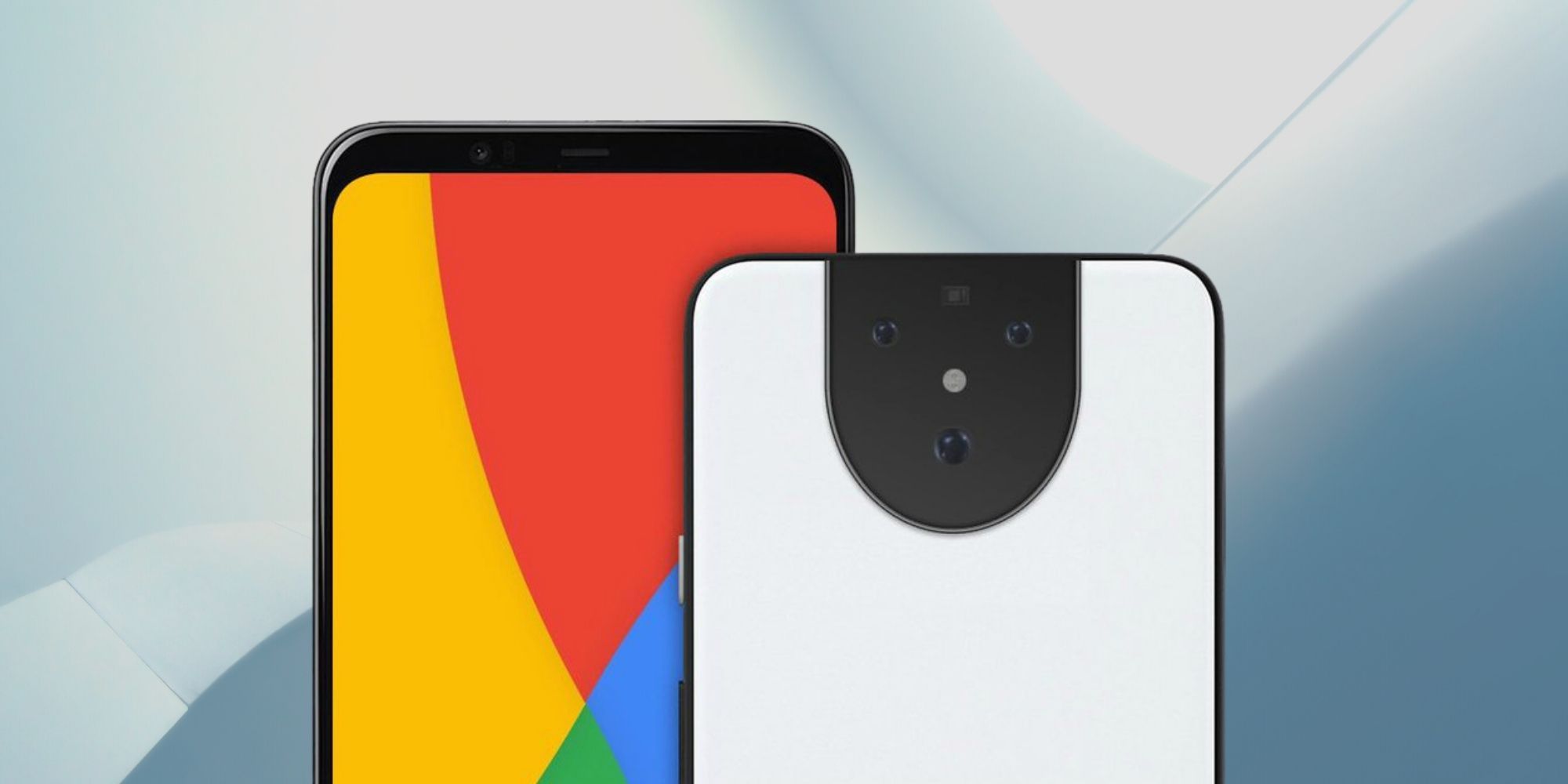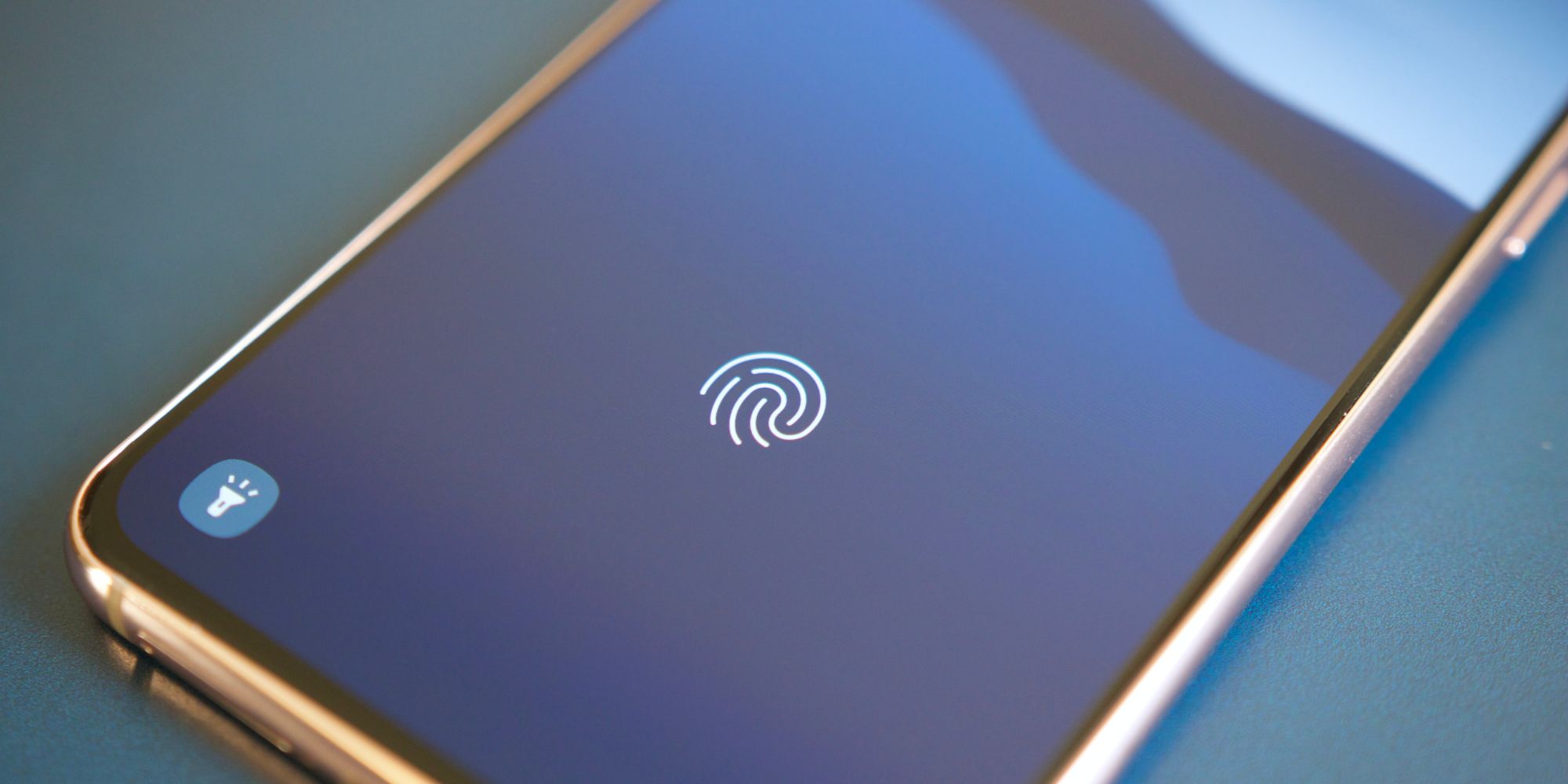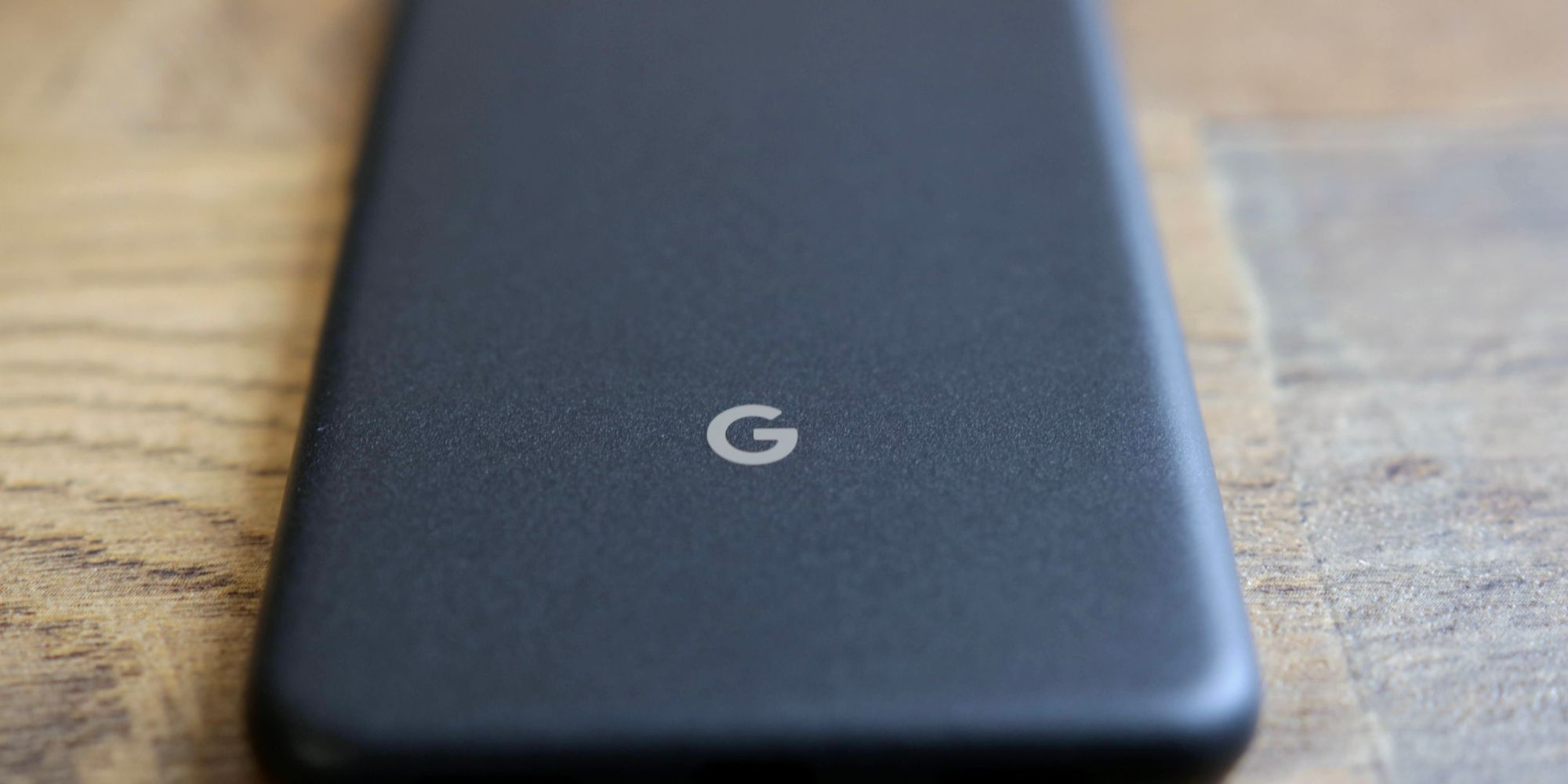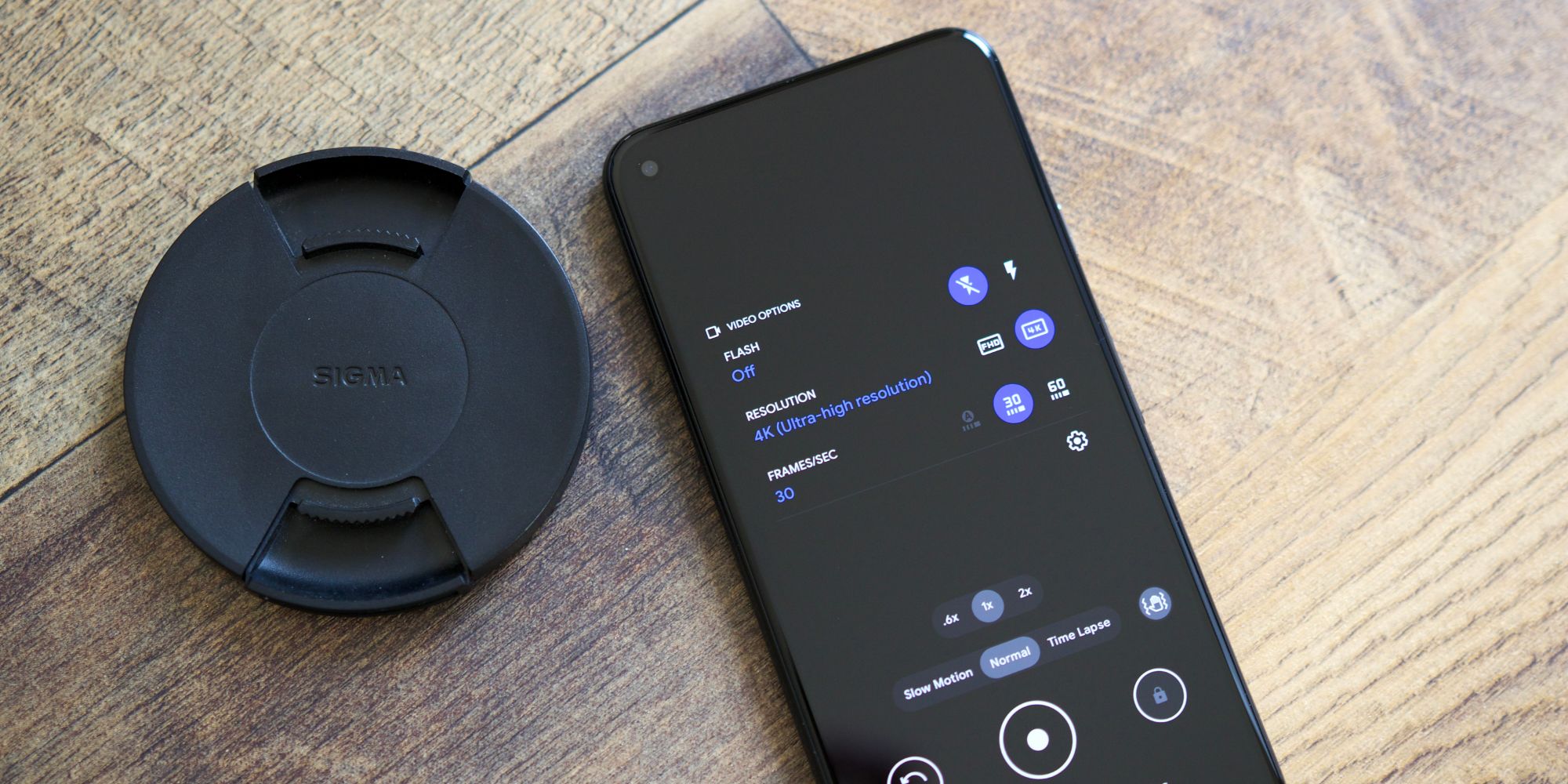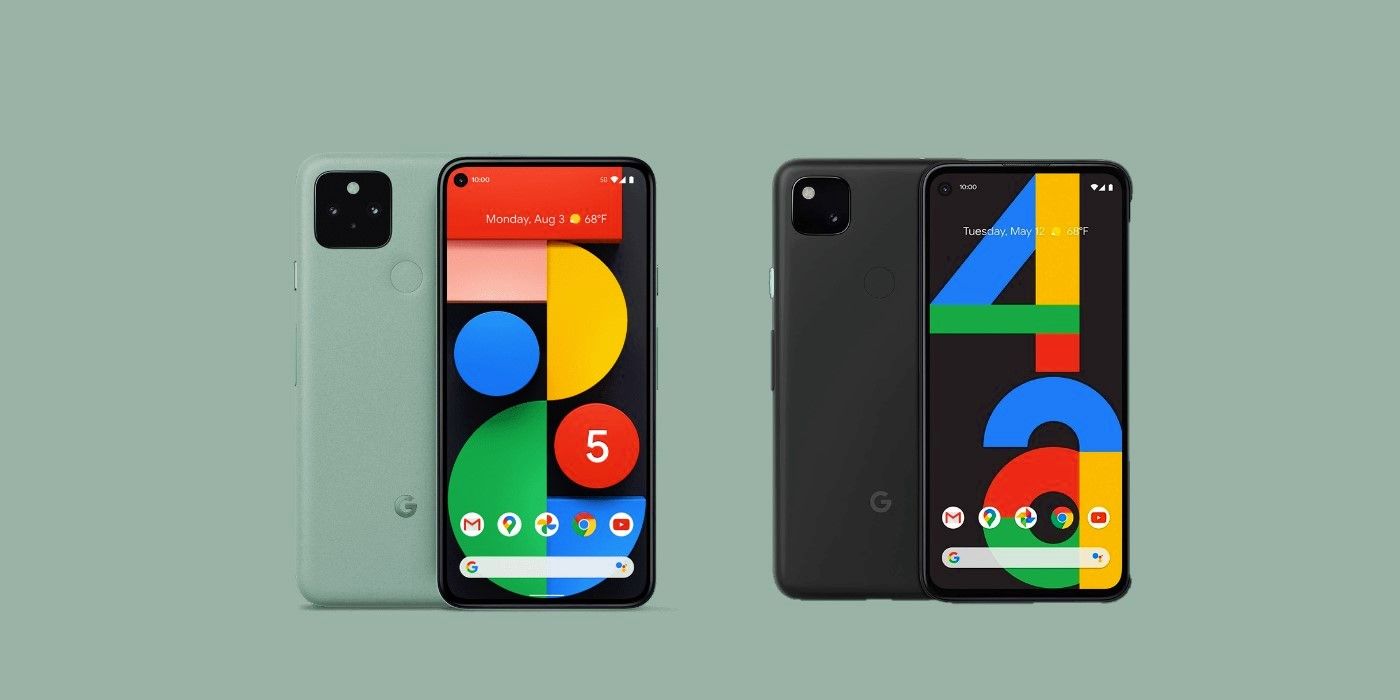The Google Pixel 6 is expected to release towards the end of 2021, and when that day comes, it's going to have big shoes to fill. Last year's Pixel 5 marked an interesting shift in strategy for Google, but overall, it paid off incredibly well for the company. The Pixel 5 shipped with a fantastic design, excellent cameras, and offered substantially improved battery life compared to the Pixel 4 that came out before it. Google did all of this (and more) while selling the Pixel 5 for just $699 — considerably less than past Pixel flagships before it.
In 2021, Google can go one of two routes with the Pixel 6. It can try to go back and release a proper flagship with the highest-end specs and a steep price tag to match, but every other time Google's tried that, it hasn't exactly worked out. Google could also focus on making the Pixel 6 another 'value flagship' similar to the Pixel 5, offering a great all-around user experience for less than the iPhone 13 Pro and Galaxy S21 Ultra it'll be going up against. Either way, the Pixel 6 is bound to give the market something to talk about.
While there's still plenty of time to go before the Pixel 6 is ready for its spot in the limelight, it's not too early to start digging through the earliest rumors/reports — and a few educated guesses — to get an idea of what to expect from the phone when it does actually launch. Ready? Let's get started.
A New Design
9to5Google did some digging in the backend of the Google Camera app, and in doing so, came across evidence that the Pixel 6 may feature a centered hole-punch cutout for its selfie camera. While there are plenty of Android phones that already do this, it would be a first for Google.
Google first introduced the hole-punch design with the Pixel series on the Pixel 4a, and with it, the Pixel 4a 5G, and Pixel 5, the phones all feature a cutout on the far-left of the display. It's perfectly fine and gets the job done, but it does make the front design look a bit messy at times. With the switch to a centered hole-punch cutout, Google could tighten things up while also giving its design language a small refresher.
If Google is changing the position of the front-facing camera on the Pixel 6, that could also be reason to believe that other (and bigger) design changes are in the works, too. Google hasn't really changed the Pixel design language since the Pixel 4 back in 2019, with the Pixel 2 in 2017 being the other major design shift before that. That means it's about time for Google to shake things up yet again, and following the Pixel 5 that played it safe in more ways than one, a brand-new design for the Pixel 6 just feels right.
Under-Display Fingerprint Sensor
Something else that's remained mostly the same on Pixel phones is biometric security. Outside of Google's attempt at face unlock with the Pixel 4 & 4 XL, every other Pixel has shipped with a rear-mounted fingerprint sensor. The rear-mounted sensors are fast, reliable, and allow for the convenient swipe gesture for viewing the notification shade. Going forward with the Pixel 6, however, this could be changing.
While looking through Android 12 Developer Preview 1, Mishaal Rahman from XDA Developers noticed that Android 12 adds native system-wide support for under-display fingerprint sensors. While this is something that all Android phones with in-screen sensors will be able to benefit from, it could also be an indication that Google finally added this support because it'll need it for the Pixel 6.
That may sound like a big stretch, but it honestly wouldn't be that surprising. In-screen fingerprint sensors have existed in Android phones for a couple of years now, and in all past Android versions, Google hasn't seen a need to add native support for the tech. All of a sudden with Android 12, however, the company has a change of heart. Considering that the Pixel 6 will more than likely ship with Android 12 when it's released, it could very well be a result of Google needing that support there for its own in-screen sensor.
Return Of The XL Model?
Speaking of Android 12, one of its most noteworthy changes in Developer Preview 1 is the introduction of something called 'Silky Home.' Silky Home is a new interface for the Settings app that can be enabled with a feature flag, and once it's up and running, it makes everything much easier to reach with one-hand. While Silky Home is currently limited to the Settings app, it's expected it'll expand to other apps and UI areas with future Android 12 updates.
This type of interface revamp will likely be limited to Google's Pixel smartphones, and considering that all of the current Pixels are already pretty easy to use one-handed, this could be a sign that Google will offer both a Pixel 6 and Pixel 6 XL. The compact nature of the Pixel 5 is something that a lot of people really got behind, but for fans of larger smartphones, it left them out with no other option to turn to.
The Silky Home UI would be nice to have on any size of smartphone, but with Google clearly working on a new interface that's focused on one-handed use, there's reason to believe the company is trying to tweak parts of Android to be more accessible on larger displays — such as on a Pixel 6 XL.
4K Video Recording For The Selfie Camera
Google has long been one of the market leaders when it comes to taking still photos on smartphones, but as far as video recording is concerned, this is an area that's still dominated by Apple. Once again thanks to 9to5Google's investigation into the Google Camera app, evidence suggests that this is an area Google may be addressing with the Pixel 6.
As spotted in the app, the Pixel 6 may support 4K video recording for its front camera. The Pixel 5 currently limits its front-facing camera to 1080p at 30fps, so the jump to 4K would be rather substantial. It's unclear right now what frame rate the 4K recording will support, but either way, that big of a jump in resolution would be a huge benefit to have.
Similar to the position of the hole-punch cutout changing, a video recording upgrade for the Pixel 6's selfie camera could also be a hint of more things to come for the rest of the phone's video capabilities. Google tried improving video on the Pixel 5 by introducing a few new shooting modes, and while those did add some nice flair to the phone's camera package, it wasn't enough to make it the video king the same way it is with still images. If Google is upgrading the Pixel 6's front camera to have 4K recording, it's also likely there will be hardware and/or software upgrades to the rear camera as well.
Affordable Pricing
It's far too early to make any final prediction on pricing for the Pixel 6, but considering how well-received the Pixel 5 was compared to its predecessors, it's hard to imagine Google ignoring that success and going back to $1000+ flagships — especially in a world where the $800 Galaxy S21 exists. While it's unlikely that Google will go any lower than the $699 MSRP for the Pixel 5, staying at that price or going slightly above would be the logical move.
There will always be a need and place for ultra-premium smartphones, but that doesn't mean Google has to compete there. The market for value flagships is quickly picking up its own momentum, and if Google can once again market the Pixel 6 as a lower-cost alternative to the best iPhones and Galaxies, it'll be set up for success.
A competitive price doesn't mean the Pixel 6 will instantly be amazing, but if Google is able to improve on the Pixel 5 formula without jacking up costs, it's hard to imagine that being a bad smartphone. It's kind of impossible to predict how Google will act here, but at least for right now, this seems like a safe bet.
Source: 9to5Google, Mishaal Rahman

